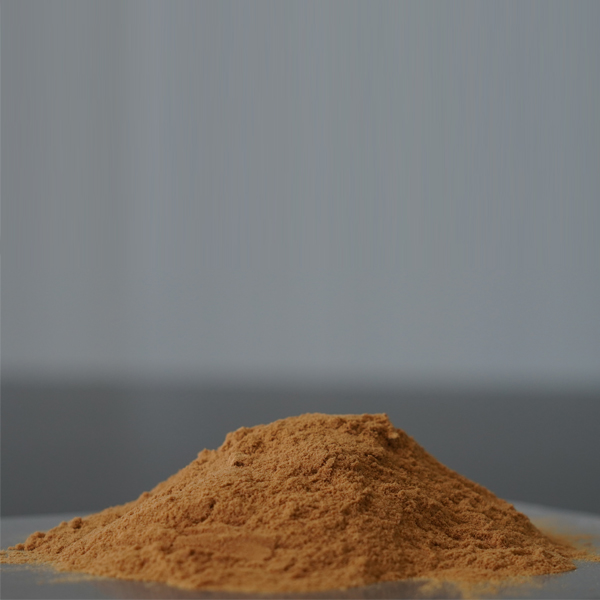
News
Dec . 11, 2024 02:04 Back to list
Exploring the Benefits of Custom Natural Chelants for Environmental Applications
Custom Natural Chelants A Sustainable Approach to Heavy Metal Removal
In recent years, environmental concerns have amplified the need for effective methods of removing heavy metals from various ecosystems, including soil, water, and industrial waste. Heavy metals like lead, cadmium, and mercury pose serious health risks and environmental hazards. Traditional remediation techniques often involve harsh chemicals that can further harm the ecosystem. As a result, researchers and environmentalists are increasingly turning to natural chelating agents as a promising alternative. Custom natural chelants, designed specifically for diverse applications, are emerging as a sustainable and effective solution.
Understanding Chelants
Chelants, or chelating agents, are compounds that can form multiple bonds with a metal ion, effectively “grabbing” it and allowing for easier extraction or removal. Chelation is a natural process, where specific organic compounds bind to metal ions in the environment. These compounds can be derived from various natural sources, such as plants and microorganisms. The use of custom natural chelants allows for tailored solutions to heavy metal contamination, taking into account the specific metals involved and the environmental context.
Advantages of Custom Natural Chelants
One of the primary advantages of custom natural chelants is their biodegradability. Unlike synthetic chelating agents like EDTA, which can persist in the environment and cause additional ecological problems, natural chelants break down into harmless byproducts. This characteristic makes them particularly appealing for long-term environmental sustainability.
Moreover, custom natural chelants can be engineered to target specific heavy metals, enhancing their efficiency. For example, researchers can modify the molecular structure of natural compounds to optimize their binding affinity for specific metals. This customization leads to improved removal rates, allowing for more effective remediation of contaminated areas.
Sources of Custom Natural Chelants
custom natural chelant

Several natural sources provide a wealth of potential chelating agents. Organic acids, such as citric acid and oxalic acid, have been widely studied for their chelating properties. Additionally, humic substances found in soil organic matter can also function as natural chelants. Microbial metabolites, including siderophores produced by certain bacteria and fungi, are other promising candidates. These microbial compounds exhibit strong binding capabilities for various metal ions, making them valuable for bioremediation efforts.
Applications in Environmental Remediation
The application of custom natural chelants extends beyond merely removing heavy metals from the environment. They can be utilized in agriculture to enhance the bioavailability of essential nutrients while sequestering toxic metals, thus improving soil health. In industrial settings, these chelants can be employed in wastewater treatment processes, allowing for more effective recovery and removal of heavy metals. Such applications not only address contamination but also promote resource recovery.
Challenges and Future Directions
Despite their potential, the widespread adoption of custom natural chelants faces challenges. The isolation and customization of effective chelating agents can be resource-intensive. Additionally, the variability of natural sources means that performance can differ significantly based on environmental conditions.
Future research should focus on optimizing production methods, scaling up these chelants for industrial use, and conducting extensive field trials to evaluate their efficacy in diverse environments. By addressing these challenges, custom natural chelants can become a cornerstone of sustainable environmental remediation strategies.
Conclusion
Custom natural chelants represent a promising avenue for addressing the urgent challenge of heavy metal pollution. Their biodegradable nature, targeted binding capabilities, and versatility in application make them an attractive alternative to traditional remediation methods. As environmental pressures mount, the development and implementation of these sustainable solutions will be vital for safeguarding our ecosystems and public health.
-
Polyaspartic Acid Salts in Agricultural Fertilizers: A Sustainable Solution
NewsJul.21,2025
-
OEM Chelating Agent Preservative Supplier & Manufacturer High-Quality Customized Solutions
NewsJul.08,2025
-
OEM Potassium Chelating Agent Manufacturer - Custom Potassium Oxalate & Citrate Solutions
NewsJul.08,2025
-
OEM Pentasodium DTPA Chelating Agent Supplier & Manufacturer High Purity & Cost-Effective Solutions
NewsJul.08,2025
-
High-Efficiency Chelated Trace Elements Fertilizer Bulk Supplier & Manufacturer Quotes
NewsJul.07,2025
-
High Quality K Formation for a Chelating Agent – Reliable Manufacturer & Supplier
NewsJul.07,2025
